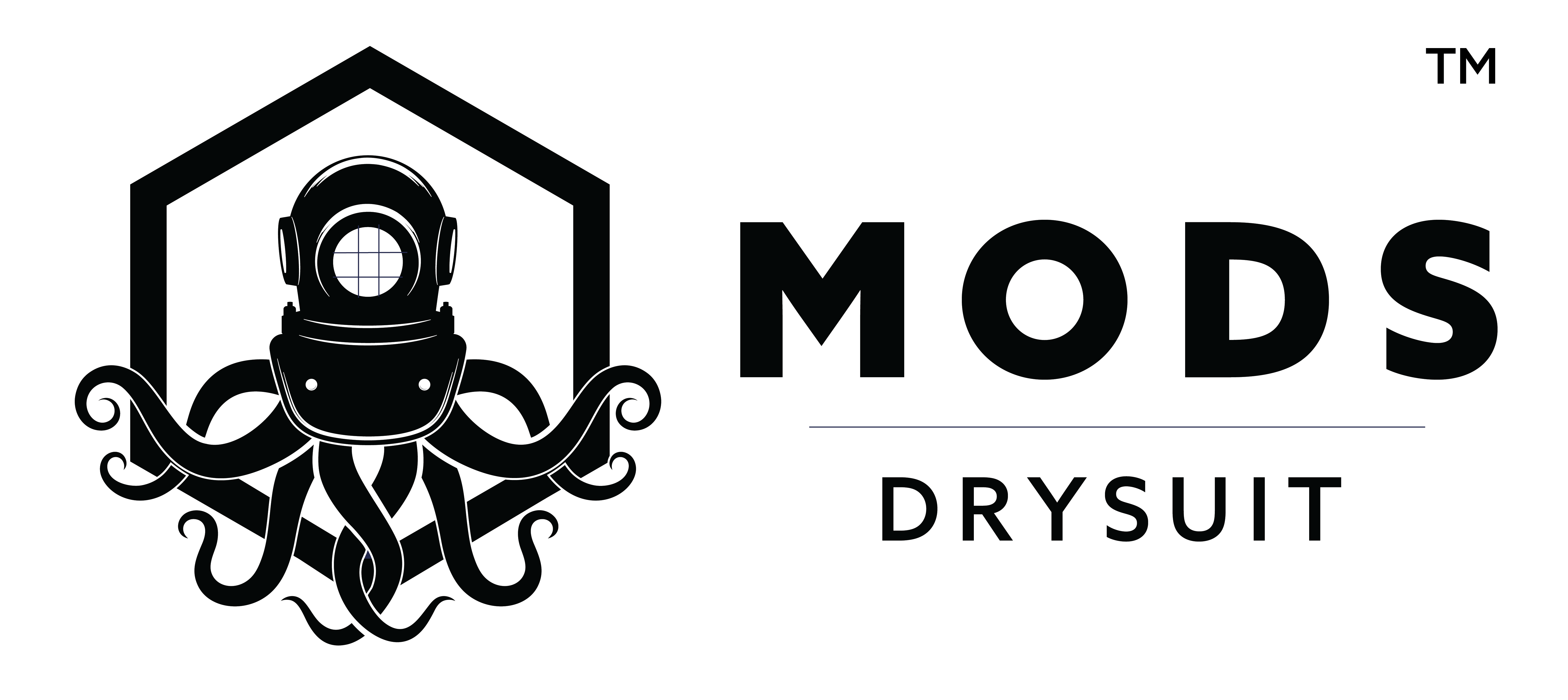When buying a drysuit, there are several important factors to consider to ensure that you choose the right suit for your diving needs and preferences. Here's a comprehensive list of things to look for:
1. Suit Type:
- Decide whether you need a traditional drysuit (neoprene or trilaminate) or a modern membrane drysuit. Each type has its advantages and disadvantages based on insulation, weight, and flexibility.
2. Fit and Size:
- Ensure the suit fits well. A snug but not overly tight fit reduces excess air movement and increases comfort.
- Check the sizing chart provided by the manufacturer to determine the correct size based on your measurements.
3. Mobility:
- Consider the range of motion the drysuit allows. It should accommodate the movements you'll perform during your dives.
4. Seals:
- Choose between latex or silicone seals for wrists, neck, and boots. Seals should create a watertight seal without causing discomfort.
5. Zippers:
- Decide on zipper placement (front, back, diagonal) based on your comfort and ease of donning.
- Look for high-quality zippers that are durable and corrosion-resistant.
6. Boots or Socks:
- Decide if you prefer attached boots or drysuit socks to wear with separate dive boots. Boots provide convenience, while socks allow for customized footwear.
7. Insulation:
- Evaluate the insulation options based on the water temperature you'll be diving in. Some drysuits come with integrated thermal layers or undergarments.
8. Venting System:
- Look for suits with venting options to release excess air during ascents, preventing buoyancy issues.
9. Pockets and Attachment Points:
- Consider the number and placement of pockets and attachment points for gear and accessories.
10. Durability: - Check for reinforced knees, elbows, and other wear-prone areas, especially if you plan to dive in challenging environments.
11. Visibility and Safety: - Some suits have reflective patches or bright colors for better underwater visibility.
12. Brand and Reputation: - Research reputable drysuit manufacturers known for quality, reliability, and customer support.
13. Customization: - Some brands offer customization options, allowing you to choose seal types, pockets, colors, and more.
14. Maintenance and Repair: - Consider the ease of maintenance and availability of replacement parts. Drysuits may require occasional repairs or replacement of components.
15. User Reviews: - Read reviews from other divers who have experience with the specific drysuit you're considering. Their insights can provide valuable information.
16. Budget: - Determine your budget range and explore suits that offer the best balance of features within your budget.
17. Diving Conditions: - Consider the types of diving you'll be doing. If you're engaging in specialized or technical dives, the suit's features should cater to those conditions.
18. Warranty: - Check the manufacturer's warranty to ensure you're covered in case of defects or issues.
